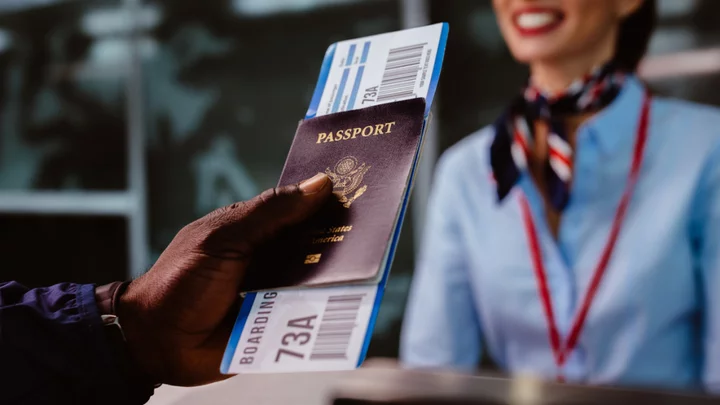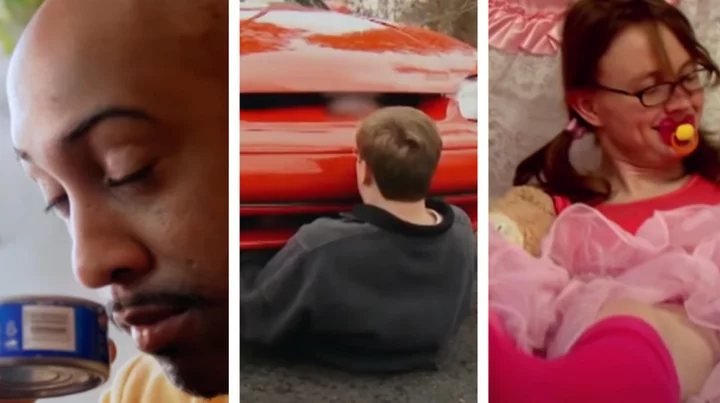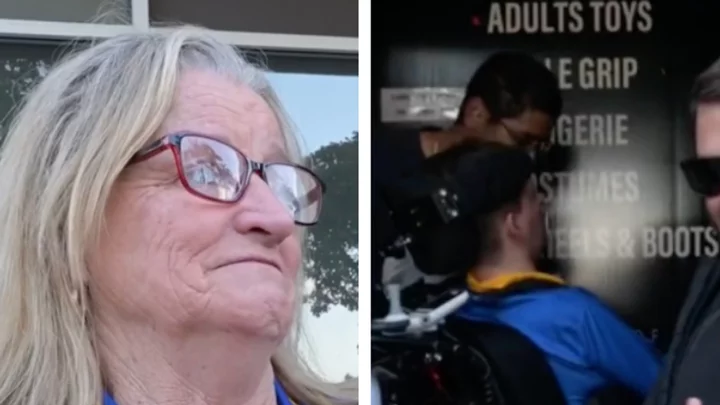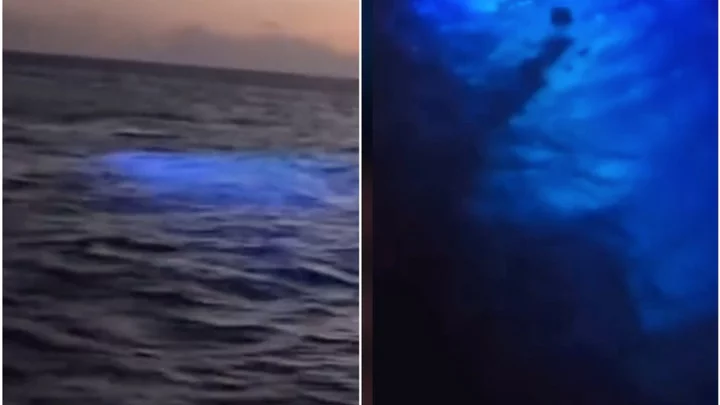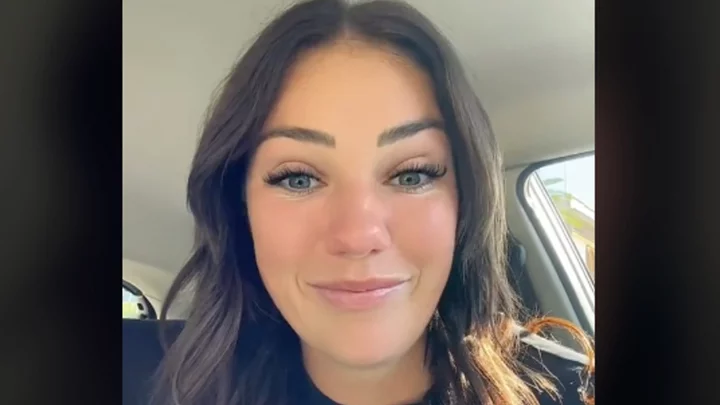There's one stamp you never want to get on your boarding pass - SSSS.
If you have ever been pulled to one side at the airport, it may be because you have the letters SSSS scrawled in marker pen over your boarding pass.
The letters, used by the Transportation Security Administration (TSA) stand for 'Secondary Security Screening Selection' or else 'Secondary Security Screening Selectee'.
The code came to light in 2009 when the TSA handbook was accidentally leaked online by the government, without being redacted or edited in the usual way.
Sign up to our new free Indy100 weekly newsletter
Passengers who are selectees are prohibited from printing their boarding pass at home or using a machine to check-in.
They will need to check-in at the desk, where they will be asked more thorough questions than other passengers, and undergo less cursory perfunctory identity checks.
The boarding pass issued to the passenger will have the letters 'SSSS' written on it, and this means airport staff will be scrutinising the passenger at every checkpoint.
TSA agents will also conduct full-body scans, a pat-down, and go through the passenger's luggage, asking them to turn on all electronic devices.
The process can take over 30 minutes, so passengers who find they are unable to print their boarding pass at home, should factor in the extra half-hour in their journey to the gate, just in case they undergo secondary screening.
Criteria for being selected for secondary security screening can include:
- Paying for your ticket in cash.
- Flying to a 'high risk' destination.
The random selection also takes place, but some passengers will be selected repeatedly.
In April 2010, the New York Times found several children who were repeatedly selected for secondary screening, possibly because their names were similar to persons on the 'No Fly' list.
Passengers who feel they are regularly and unfairly targeted can apply to the Department of Homeland Security to find out if they have incorrectly been put on a watch list.
Have your say in our news democracy. Click the upvote icon at the top of the page to help raise this article through the indy100 rankings.

